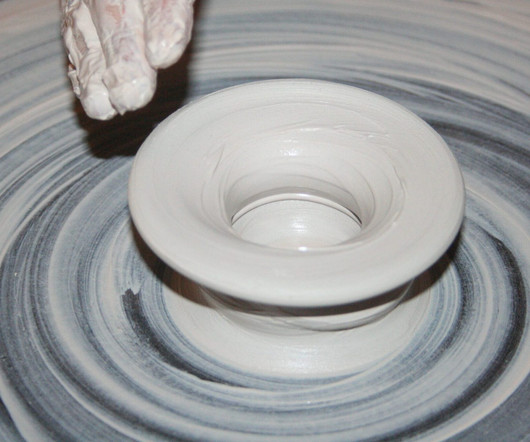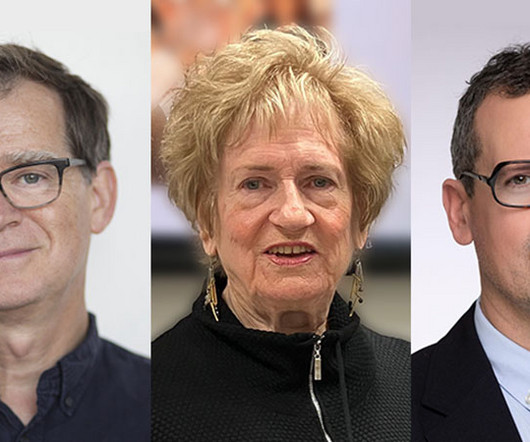Agape Care Names New Palliative Medical Director; Silverado Taps New Sales VP
Hospice News
DECEMBER 15, 2023
“With her leadership and passion for palliative care, we’ll be able to offer even more comprehensive support for palliative patients, their families, and our team members.” Patel is fellowship trained in geriatric medicine with an emphasis on palliative and end-of-life care.












Let's personalize your content